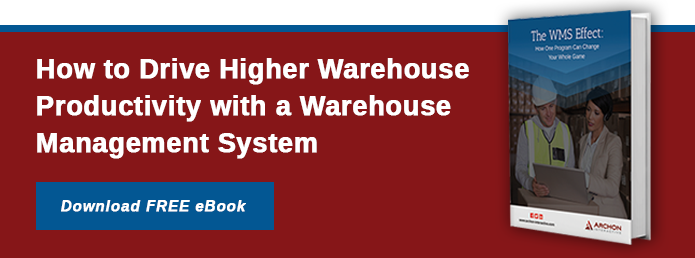 Warehouse replenishment is one of the most difficult parts of managing a successful warehouse. This is the stage of your process where product and money can easily get misplaced, causing bigger problems down the line. The financial implications for your warehouse replenishment system are many, but as a result there are also plenty of opportunities to save money here.
Warehouse replenishment is one of the most difficult parts of managing a successful warehouse. This is the stage of your process where product and money can easily get misplaced, causing bigger problems down the line. The financial implications for your warehouse replenishment system are many, but as a result there are also plenty of opportunities to save money here.
Inventory Control
Many small companies face challenges with warehouse replenishment and inventory control early on in their development. One day there is plenty of product to fill all the incoming orders, and the next day there are none available and zero on order. This results in a rushed order to get more product in, often at a premium cost, causing a loss in profits on the incoming goods and a loss in sales while customers are unable to order the product they want. This cycle continues indefinitely until you put in a Warehouse Management System that tracks your inventory and automatically creates orders for product that is running low. As long as this cycle is taking place, you are losing money on products coming and going, and your accounting team will see shockwaves reverberating through your warehouse on a regular basis.
Labor
Another costly part of warehouse replenishment is the actual labor expense of bringing product in and stowing it in locations. Warehouse Management Systems assist with this by directing employees every step of the way. This means sorting and routing product that needs to be QC inspected or re-packed. It also means ensuring that like products end up together in the same location or zone by telling your put away team exactly where to go in the warehouse. By increasing productivity and ensuring that products do not get misplaced on their way to the warehouse locations, you will see a huge improvement in your productivity and a reduction in your labor cost across all of your incoming shipments.
Investment
Of course, there are also financial implications for implementing a new warehouse replenishment system. The cost of the Warehouse Management System itself, the need for new bins or equipment for sorting, and the cost of retraining employees on the new system are all a part of your investment. Ideally, you should start seeing a return on your investment immediately, but you will likely see a slow period of transitioning and learning in the beginning. You will need to be prepared for all of these expenses along the way. Nevertheless, you will likely make up the lost time within a few short weeks of switching to the new system.
Warehouse replenishment is a challenging piece of overall warehouse management. Poor replenishment practices can cause systematic failures in order fulfillment, costing you tons of extra money. However, with the help of a proper Warehouse Management System, you can reduce inventory control problems, cut labor costs drastically, and generate a strong return on your investment.




